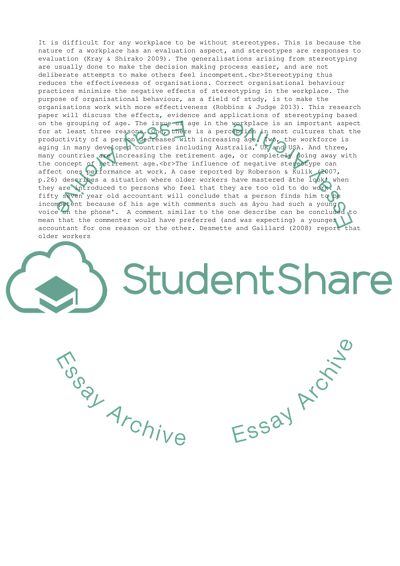Cite this document
(“Organisational Behaviour Research Paper Example | Topics and Well Written Essays - 1750 words - 1”, n.d.)
Retrieved from https://studentshare.org/management/1692461-organisational-behaviour
Retrieved from https://studentshare.org/management/1692461-organisational-behaviour
(Organisational Behaviour Research Paper Example | Topics and Well Written Essays - 1750 Words - 1)
https://studentshare.org/management/1692461-organisational-behaviour.
https://studentshare.org/management/1692461-organisational-behaviour.
“Organisational Behaviour Research Paper Example | Topics and Well Written Essays - 1750 Words - 1”, n.d. https://studentshare.org/management/1692461-organisational-behaviour.


